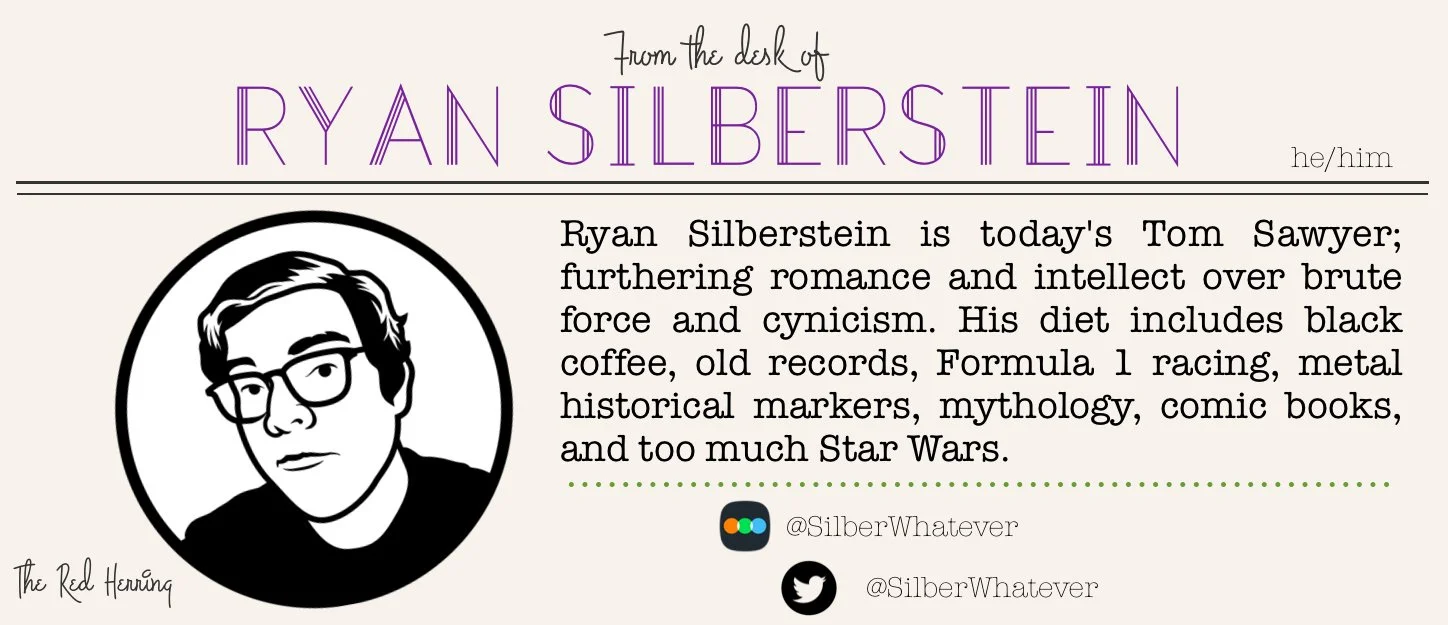Book Review: FROM THE MOMENT THEY MET IT WAS MURDER: DOUBLE INDEMNITY AND THE RISE OF FILM NOIR
“From The Moment They Met it Was Murder: Double Indemnity and the Rise of Film Noir”
Written by Alain Silver and James Ursini
Now available for purchase
by Ryan Silberstein, Managing Editor, Red Herring
The second most important part of being a cinephile is learning more about the movies you love (the most important part is watching movies, duh). From bonus features on physical or digital releases to documentaries to contemporary talk show interviews and books, there are so many ways to dig into movies. Especially when it comes to certified classics like Double Indemnity. That’s what From the Moment They Met It Was Murder by Alain Silver and James Ursini sets out to do. These co-authors have written over twenty books together previously, mostly centered on film noir, making Double Indemnity a fitting choice for these two collaborators.
The book’s first four chapters outline essential building blocks of Double Indemnity. Silver and Ursini cover the rise of true crime stories in the early 20th century and specifically lay out the details and public fascination with the 1927 Ruth Snyder case that inspired James Cain’s novella from which the film was adapted. The second chapter focuses on Cain, while the third and fourth chapters profile Raymond Chandler and Billy Wilder, respectively. From there, the book digs into the details about the making of the movie, including its stars, costumes, and filming locations. The final chapter connects Double Indemnity to the rise of film noir as a movement.
There’s no doubt that Silver and Ursini are bonafide experts, but one thing that hampers their narrative for Double Indemnity is the lack of sources or documented information, especially on the material related to the making of the film. While the authors are transparent about this, they will often include an entire paragraph of speculation about a person’s motivation or reaction to an event before acknowledging this information is unknown. Although likely intended to spark the imagination of the readers (and many classic film fans do seem to enjoy this kind of armchair narrative crafting), the mix of facts and commentary falls into this pattern so often that it feels detrimental to the book as a whole.
In contrast, the level of detail around script changes, performance choices, and financial matters is impressive. While some readers may gloss over some of the minutiae, this does make From the Moment They Met It Was Murder a good reference book for anyone needing to write further about Double Indemnity without doing that level of research. But alongside the speculation on so many other points, it is sometimes difficult to parse what the most important pieces of information are.
From the Moment They Met It Was Murder is not a bad book by any means. The prose is engaging, the details informative, and crafting the factors around the production of this classic movie into a narrative is impressive. It is also surprising to see this much theory-based analysis in a work aimed at general classic film fans, which also does elevate this from more pop writing to having a bit of a scholarly bent. While it can feel a bit scattershot, it is easy to skip or skim a section or chapter that is not holding your interest. Ideal for those who really want to dig into this landmark film, From the Moment They Met It Was Murder provides many avenues to do so.
Purchase “From The Moment They Met it Was Murder: Double Indemnity and the Rise of Film Noir” here or from your local bookstore.



